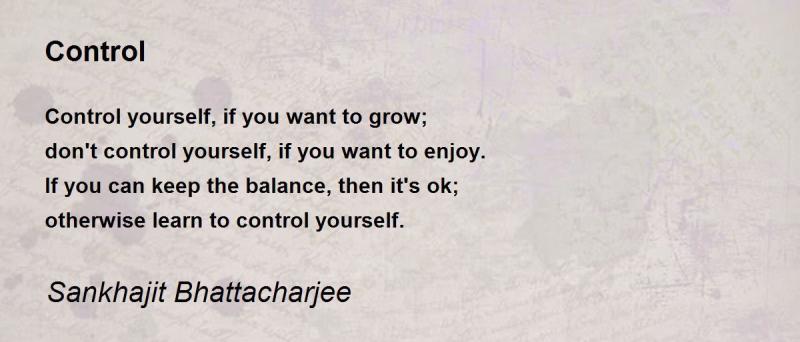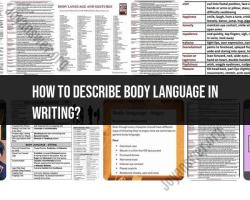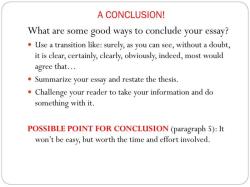How do we control the genre of a generated poem?
Controlling the genre of a generated poem involves influencing the style, themes, and linguistic elements to align with the characteristics of a specific genre. Here are some methods and techniques for genre control in generated poetry:
1. Training Data Selection:
- Curate a training dataset that predominantly consists of poems from the desired genre. If the goal is to generate, for example, sonnets or haikus, include a substantial number of examples of those specific forms in the training data.
2. Genre-Specific Models:
- Train or fine-tune the poetry generation model on a dataset that is specifically curated for the target genre. Specialized models can be developed to capture the nuances and patterns unique to different poetic genres.
3. Style Transfer Techniques:
- Apply style transfer techniques to modify the output of a generic poetry generator to match the characteristics of a particular genre. Style transfer involves modifying the style or genre of a given text while preserving its content.
4. Constraint-Based Generation:
- Introduce constraints or rules during the generation process to ensure that the output adheres to the conventions of the desired genre. For example, if generating a sonnet, enforce rules related to rhyme scheme and meter.
5. Prompt Engineering:
- Use prompts or seed sentences that explicitly specify the desired genre. Provide context or constraints within the prompt to guide the generator toward producing poetry in the intended style.
6. Theme Injection:
- Inject specific themes associated with the target genre into the generation process. For example, if generating romantic poetry, ensure that the generated content revolves around themes of love, passion, and relationships.
7. Linguistic Markers:
- Incorporate linguistic markers and features distinctive to the target genre. For instance, if generating spoken word poetry, include informal language, repetition, and rhythm that are characteristic of that style.
8. Evaluation Metrics:
- Implement evaluation metrics that assess the adherence of the generated poem to the characteristics of the desired genre. These metrics can include rhyme density, syllabic patterns, and thematic relevance.
9. User Input and Customization:
- Allow users to input genre preferences or constraints. Interactive systems can use user-provided information to guide the generation process, making it more likely to align with the user's desired genre.
10. Fine-Tuning and Transfer Learning:
- Utilize fine-tuning or transfer learning techniques to adapt a pre-trained model to the specifics of a particular genre. This involves training a model on a broad dataset and then fine-tuning it on a smaller dataset representing the target genre.
Challenges:
- While these methods can guide the generation process toward a specific genre, achieving precise genre control is challenging. The nuanced and subjective nature of poetry, along with the diversity within each genre, makes it difficult to capture all aspects accurately.
Experimentation and iterative refinement are often necessary to improve the effectiveness of genre control in generated poetry. User feedback and evaluation against genre-specific criteria can inform adjustments to the generation process and enhance the generator's ability to produce poems within a desired genre.
Sure, here is a guide to identifying and utilizing genre-specific language, forms and structures, and themes and imagery:
Identifying and Utilizing Genre-Specific Language
Genre-specific language refers to the vocabulary, syntax, and style of writing that is typically used in a particular genre. For example, the language of science fiction is often characterized by technical terms, neologisms, and futuristic jargon, while the language of romance novels is often characterized by emotional language, vivid descriptions, and clichéd phrases.
Here are some tips for identifying and utilizing genre-specific language:
- Read widely in the genre you are interested in writing. This will help you to get a feel for the types of words and phrases that are commonly used in that genre.
- Pay attention to the language used by popular authors in the genre. What are their favorite words and phrases? How do they use language to create suspense, humor, or other desired effects?
- Use a dictionary and thesaurus to find synonyms and antonyms for words that you are already familiar with. This can help you to expand your vocabulary and use more genre-specific language.
Employing Genre-Relevant Forms and Structures
Genre-relevant forms and structures refer to the overall organization and format of a piece of writing that is typical of a particular genre. For example, the form of a science fiction novel is typically characterized by a setting in the future or past, a plot with a technological or scientific element, and a resolution that involves a change in society or the natural world.
Here are some tips for employing genre-relevant forms and structures:
- Familiarize yourself with the common forms and structures of the genre you are interested in writing. This can be done by reading widely in the genre and studying the work of popular authors.
- Consider using a plot outline or storyboard to help you plan the structure of your story.
- Be aware of the conventions of the genre you are writing in. For example, if you are writing a mystery novel, you will need to include certain elements, such as a detective, a crime, and a solution.
Incorporating Genre-Associated Themes and Imagery
Genre-associated themes and imagery refer to the recurring ideas and images that are often used in a particular genre. For example, the theme of good versus evil is common in many genres, including fantasy, science fiction, and mystery. The imagery of nature is often used in romance novels, while the imagery of urban decay is often used in crime fiction.
Here are some tips for incorporating genre-associated themes and imagery:
- Consider the themes that are commonly explored in the genre you are writing in. What are the big questions that this genre typically asks?
- Brainstorm a list of images that are associated with the genre you are writing in. What kind of setting, characters, and objects are typical of this genre?
- Use your imagination to create new and original themes and imagery that will still resonate with readers who are familiar with the genre.
